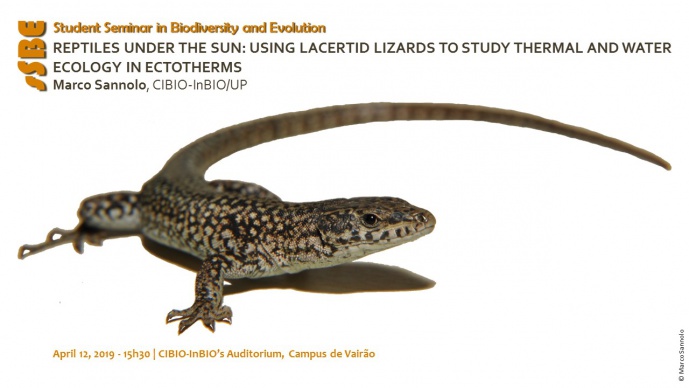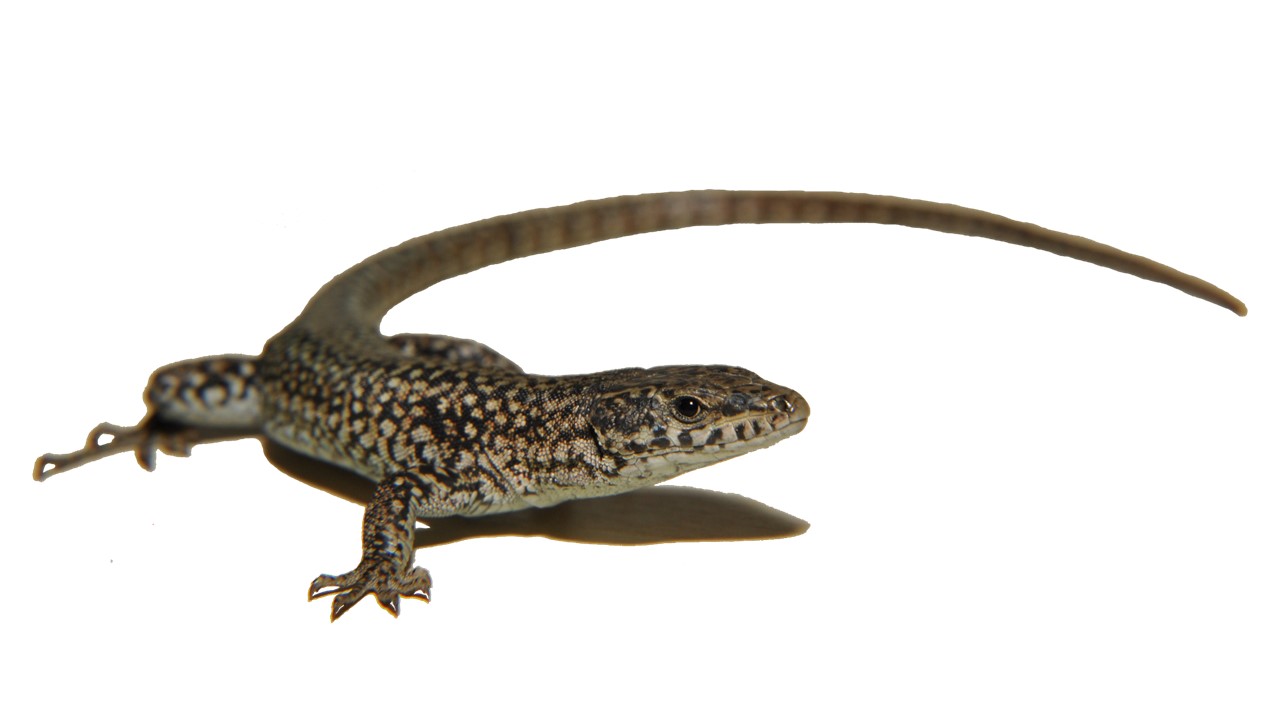REPTILES UNDER THE SUN: USING LACERTID LIZARDS TO STUDY THERMAL AND WATER ECOLOGY IN ECTOTHERMS

STUDENT SEMINAR IN BIODIVERSITY AND EVOLUTION

During the last decades, thousands of articles investigated reptile thermal ecology. In recent years, along with the worldwide raising interest in the potential adverse effect of climate change on biodiversity, studies on reptile thermal ecology are gaining increasing scientific value, for example by showing that up to one-fifth of all reptile populations may go extinct by the end of the century. By contrast, water balance in reptiles has received comparatively less attention. Indeed, water has been often considered an amphibian’s issue, and temperature a reptile’s one. However, in recent years, several works are exploring the potential adverse effects of water shortage, dehydration, and rainfall regimes on reptile biodiversity, distribution and activity. Furthermore, climate change is predicted to increase the frequency of droughts and heatwaves, especially in some areas like the Mediterranean basin. Thus, the time has come for research on reptile thermal ecology to intertwine as much as possible with other aspects of their ecology, physiology and life-history. During the seminar, the speaker will expose and discuss the results of six investigations aimed at reinforcing our understanding of reptile thermal ecology, water balance, and the potential interactions between these two fundamental aspects of reptilian biology.
Marco Sannolo is a PhD student within the BIODIV programme. He is currently waiting to defend his PhD thesis and in this presentation, he will expose the main results obtained during his doctorate.
[Host: Miguel A. Carretero, Functional Biology]
Image credits: Marco Sannolo